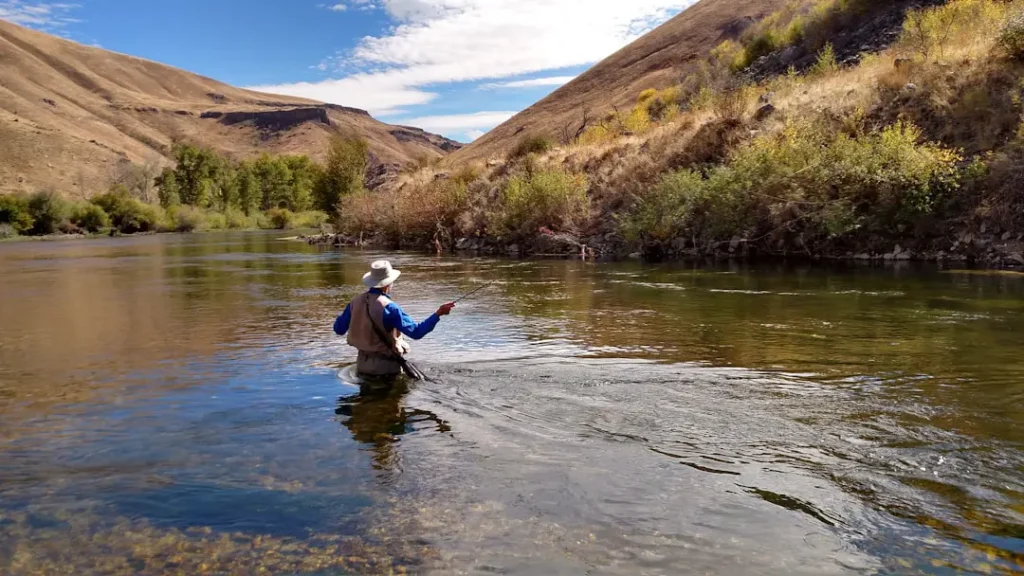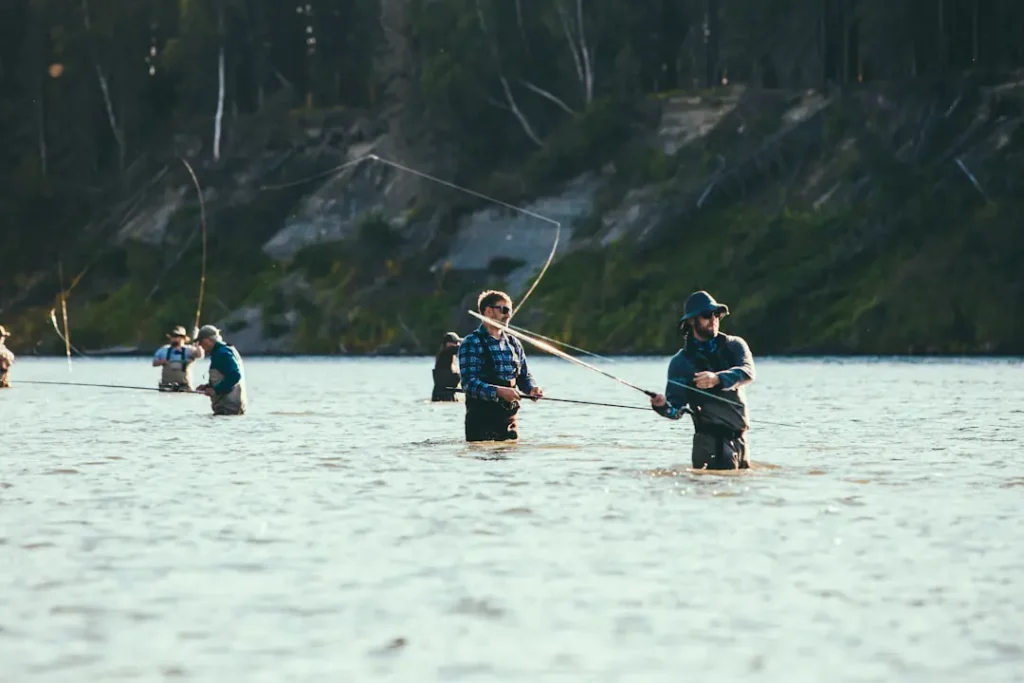If you’re planning a trip to go fly fishing, there are some things you’ll need to know. From packing the right tying equipment to booking your accommodations, we’ll help you navigate this entire endeavor. Keep reading to learn more about planning your ideal fly fishing trip.
Selecting the Ideal Fly Fishing Destination

Choosing the right destination for your fly fishing adventure can be as exciting as it is crucial. Factors such as the type of fish you’re hoping to catch, the scenic environment, and the difficulty level of the waters all play a part in shaping your experience. Researching different rivers, lakes, and coastal areas for their fish population and available amenities can help narrow down your options.
Beyond the basics, it’s also important to consider the local community and if they are welcoming to visitors. Some locations may have hidden gems like local fly shops or guides who can enrich your fishing trip with their expert knowledge. They can provide unique insights into the most effective fly patterns and fishing spots.
Essential Fly Fishing Gear for a Successful Trip
The correct gear can make the difference between a good fly fishing trip and a great one. At the core of your equipment list should be a quality rod and reel, suitable for the type of fish you’re targeting. Lines and leaders specifically designed for fly fishing are equally important, as is a selection of flies that mimic local insect life and prey.
Waders and boots are essential for those looking to venture into the water. They not only keep you dry but also provide safety with traction to navigate slippery surfaces. It’s best to invest in breathable materials that offer both comfort and protection.
No fly fishing gear is complete without considering the smaller accessories that can enhance your experience. Items like fly tying eyes, clippers, baitfish, tying materials, and a vest to carry gear can significantly influence your success and enjoyment on the water. These essentials help to refine your technique and maintain your gear efficiently.
Don’t forget about the importance of protective gear for yourself and your boat. A hat, sunglasses, and sunscreen will protect you from the elements. And for your boat, you’ll want to get premium boat covers from BoatCovers.com. Boat covers should have a superior fit to protect your watercraft from the elements when you’re docked somewhere.
Understanding the Best Times and Seasons for Fly Fishing

The seasons can radically change the fly fishing experience, influencing fish behavior and accessibility to fishing spots. Understanding the life cycles of the fish and their feeding times is critical in planning your trip. Often, early morning and late evening are prime times for activity when fish are most likely to feed on the surface.
Spring, for many areas, signals a flurry of insect activity, which can be a bonanza for fly fishers. However, one must also be aware of water levels and clarity, as snowmelt can cause rivers to swell and cloud, potentially impacting your strategy.
Summer offers longer days and typically more consistent weather, but it may also mean warmer waters and less oxygen, leading some species to become sluggish. In these conditions, it’s wise to seek streams and rivers fed by cold springs or to fish during cooler periods of the day.
Autumn is revered by many fly fishers for its beautiful scenery and active fish populations preparing for winter. This season can also offer astonishing dry fly-fishing opportunities. However, fluctuating weather conditions and transitional fish behaviors require flexibility in your approach and timing.
Fly Fishing Techniques and Tips for Beginners and Experts
Fly fishing is an art that combines patience, skill, and knowledge. For a beginner, mastering the basic cast is a good starting point. Practicing short and smooth casts can lead to incremental improvement and greater accuracy over time, which is much needed when presenting the fly to the fish.
Experts often focus on refining their techniques to match specific conditions and species. This includes varying your retrieval speed, mastering multiple casting techniques, and learning to read the water effectively. Understanding where fish are likely to feed and rest is a skill that benefits anglers of all levels.
Every fly fisher must learn to be observant. Paying close attention to the types of insects present around the water can guide you in selecting the right fly patterns. One can also learn a lot from how the fish are reacting to natural prey and adjust their tactics accordingly.
Overall, the success of a fly fishing trip not only relies on the thrill of the catch but also on meticulous preparation and an appreciation for the natural environment. Don’t forget to explore the local wonders and contribute to sustaining the beauty and abundance of our waterways.






